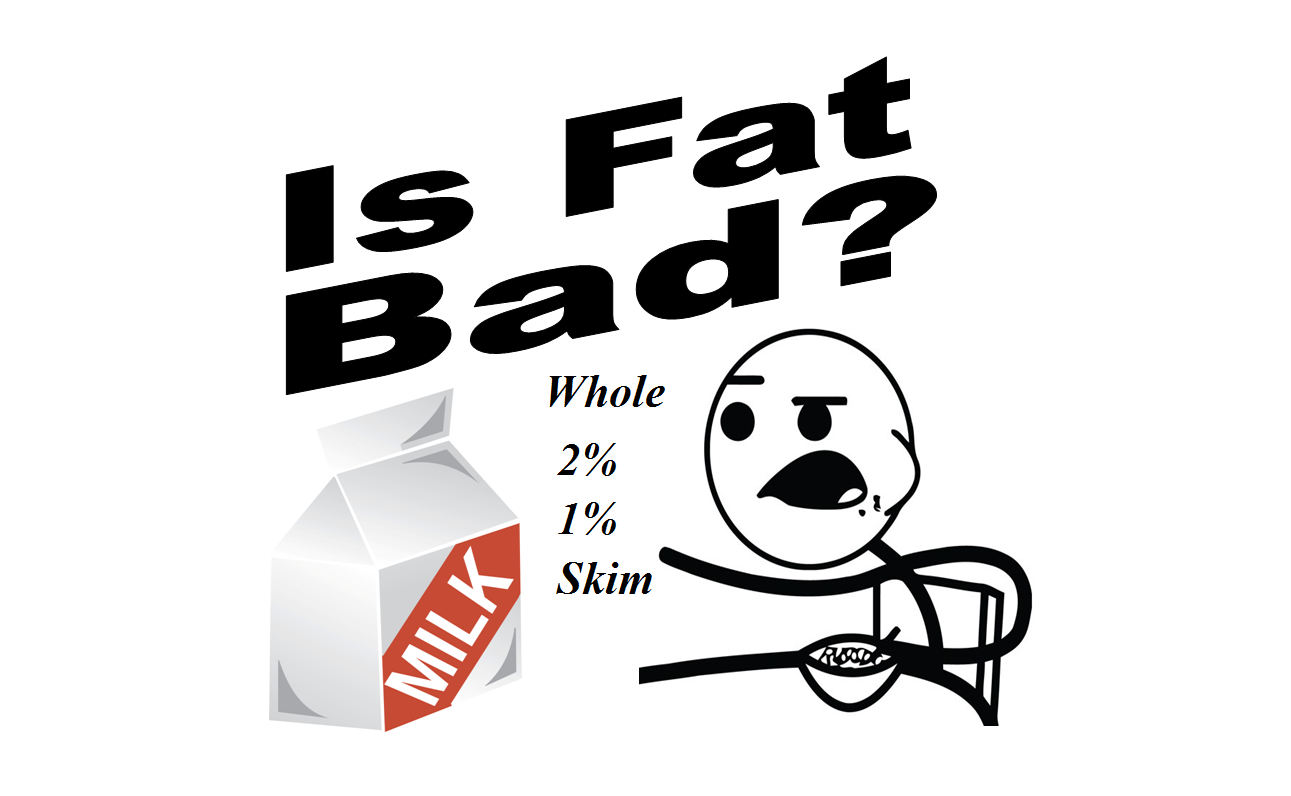
Is fat bad?
As a consumer, there is nothing more confusing than the milk section at your local grocery store. When visiting the milk section, you can find a variety of milks with different fat percentages. So which milk do you choose? Do you opt for the reduced fat or skim milk, or do you go for whole milk.
I think many people today choose the milk with the least amount of fat – after all, the last thing most people want is to be fat. So they feel like they are making a healthy decision choosing the fat-free option. But have you really ever investigated whether this really is the healthiest option. Is fat really bad for you?
How fat became “bad”
In America today, fat has been demonized. Fat has been blamed for America’s obesity epidemic, and has been cited as the cause of the rising surge of heart disease. Our nation’s dietary guidelines have even suggested that people should moderate their fat consumption, and keep fat consumption to a minimum. So as a result the fat consumption in America has decreased. Unfortunately, even with people eliminating fat from their diets, coronary heart disease and obesity cases continue to rise. So is fat really the cause behind our current health crisis today?
Fat was never considered “bad” until recently in human history. In the 1950’s, heart disease and obesity were on the rise, so many researchers sought to determine the source behind the problem. Ancel Keys a nutritionist at the University of Minnesota published a 6 county study in 1953 and a 7 country study in 1970 that correlated fat consumption with an increased rate of heart disease and obesity. Unfortunately, Keys left out data that didn’t support his premise, and ignored data from other countries that would have suggested that increased fat consumption would lead to lower cases of obesity and heart disease. But Keys studies eventually became the foundation for current nutritional guidelines, and started the current fear of fat.
**Ancel Keys 6 country study compared to data that was available** Source
Nutrition trends
Reducing the intake of dietary fat has not helped reduce obesity though. In fact, there’s actual data now that shows that reducing calories from fat may actually have helped accelerated the rise in obesity. Over the past 20 years, dietary fat intake has declined, while carbohydrate and sugar consumption have risen considerably. You can read more about this in my previous post about the harmful effects of sugar.
**Reducing the intake of dietary has not seemed to affect the rise in obesity** Source
**Carbohydrate consumption in the U.S.** Source
**Sugar Consumption in the U.S. Source. Read more about the negative affects of sugar in a previous post I did**
**Soft drink consumption vs milk consumption** Source
**Butter consumption in the U.S.** Source
The problem with a low-fat diet
- The fat in a meal get replaced by carbs
- Low fat diet will make you hungry faster
- Fat keeps you full longer
- Fat signals satiety
Unfortunately, when people take the fat out of their diet, it gets replaced with something else. In most cases, fat is replaced with more carbohydrates. The problem with carbohydrates is that they metabolize quickly so you start snacking earlier after a meal. More snacking means you eat more calories. If you eat a balanced meal with some fat, you will stay full longer. Fat takes longer to break down so the energy won’t kick in till later.
Another downfall of a low-fat diet, is that fat is key in telling your brain when you’re full. The fat plays a key role in helping signal to your body that its full.
Cultures with high fat diets
Interestingly, there are cultures in the world that exist on high fat diets. These cultures sustain themselves on extremely high fat diets.
- The Massai in Kenya, and northern Tanzania exist on a diet of meat, milk, and blood from cattle – a diet of 66% saturated fat
- The Inuit Eskimos in the arctic eat a diet that consist mostly of whale meat and blubber – 75% saturated fat
- The Rendille tribe in Northeast Kenya sustain themselves on a diet of camel milk, meat, and blood – a diet of 63% saturated fat
- The Tokelau (native new Zealanders) eat a diet of fish and coconuts – a diet of 60% saturated fat
Even though these cultures consume high fat diets, they are relatively healthy with few cases of heart disease and obesity.
The human diet throughout history
If you think it though, humans have been eating high fat diets (meat and dairy) far longer than they have been eating high carbohydrate diets (cereal grains). Most people groups started as hunter gatherers which would mean that a large portion of the diet would be meat and dairy products. It wasn’t until societies settled down and started farming grains, that societies began to eat more grains. It probably wasn’t until the last 250 years that people began eating large amounts of carbohydrates in their diet with the rise of better agriculture systems and widespread food processing and distribution.
In fact, researchers have discovered that people have been drinking milk for thousands of years through the discovery of milk residues in ancient pottery. These same researchers also note that cave paintings have also been found that suggest that animal farming predates plant cultivation, which means people were drinking milk far longer than they were eating grains. And I’m sure these people where drinking whole milk not reduced, or skim.
**The human diet throughout history was very different than today** Source
Your body needs fat
Fat is actually very important, and your body needs fat to function. Fat plays an integral role in the health and well being of your body. Without fat in your diet, you could not live.
Your brain is actually about 2/3 fat and needs fat to function. According to the Franklin Institute, the membranes of neurons (the specialized brain cells that communicate with each other) are made up of a double layer of fatty acid molecules. When you digest fat, it’s broken down into various fatty acids which your brain uses to assemble the special types of fat and incorporate them into the cell membranes. Without fat in your diet, your brain would not be able to function properly.
But it’s not just your brain that needs fat. The cells in your body need fat to function properly. Your heart prefers to use fat as energy to function. Fat helps protect your liver from the affects of alcohol and other toxins. Fats are also fundamental in helping your immune system, specifically in priming the white blood cells to destroy invading pathogens and disease. Fat also helps your body in regulating proper hormone production in your body. So without fat it’s not just your brain that wouldn’t function; your whole body wouldn’t be able to function.
Fat helps with nutrient absorption
Today there is a growing amount of research that is discovering that fat is actually good for you in ways you wouldn’t think of. Fat is now being discovered to play a much larger role in human wellness than previously thought. In fact, the fat in milk is being shown to play an interesting role in the absorption of nutrient.
Research has proven that eating some fat with your meal helps your body absorb the nutrient in your food. In order to get the most nutrition out of your meals, it’s actually good to have some fat in your meal. When you eat fat soluble vitamins, they dissolve in the fat, and then are able to move across the cell walls in the small intestine and enter the body’s circulation. The fat is basically a vehicle to transport the fat-soluble vitamins through the small intestine, into the bloodstream, and to your liver where they stored. Without fat in your diet, your body would not be able to get the proper amount of these nutrients.
Eating some fat with your meal helps your body absorb the nutrient in your food
In order for your body to absorb calcium, you need to have the proper amount of vitamin D. Without the proper amount of vitamin D, your body cannot absorb calcium. This leads to your body getting the calcium it needs from its stores in the skeleton; which of course weakens your body’s bones. But because milk naturally has fat, the fat helps your body absorb vitamin D, which in turn helps your body absorb the calcium in milk. It’s quite interesting to see how milk is specially designed to help your body absorb the nutrients it contains.
Beneficial fatty acids in milk
All fat is not created equal. Fat and oils are composed of fat molecules known as fatty acids. There are a variety of fatty acids in milk that are being shown to have positive effects on the human body. Current research is only now beginning to study the effects of certain fatty acids on human health. The following are a few of the fatty acids in milk and their positive effects:
Lauric Acid – has many positive effects, and has been shown to have strong antiviral properties. It has been shown to disrupt the lipid membranes in organisms like fungus, bacteria, and viruses and consequently destroying them. Lauric acid also been shown to improve the condition of your skin and hair, and increase your metabolism.
Conjugated Linoleic Acid (CLA) – has been shown to be linked to long term weight management and health. Research has shown that CLA has been effective in combating against cancer, cardiovascular disease, high blood pressure, high cholesterol, and osteoporosis. CLA has even been shown to be beneficial in lowering body fat.
Oleic Acid – is a beneficial fatty acid that helps your cholesterol by raising the good cholesterol (HDL) while at the same time lowering the bad cholesterol (LDL).
Butyric Acid – has been shown to be anti-inflammatory, and protect against mental illness, increase the body’s metabolism, reduce the negative effects of type-1 diabetes.
The milk fat globule membrane
Researchers are beginning to study a special structure in milk that is now being shown to have many beneficial components. The fat in milk is encased in droplets that are encased in a structure called the milk fat globule membrane, MFGM. It’s a double layered membrane that keeps the milk fat separate, and stable in milk. This membrane is also comprised of many different bioactive compounds.
**Milk Fat Globule Membrane is comprised of many different bioactive compounds**
The different bioactive compounds on the MFGM are still being researched, but there are a variety of beneficial compounds such as lactoferrin, igG, sialic acid, phospholipids, and gangliosides. Many of these compounds are the key in antiviral and antimicrobial mechanisms that combat infections and bacteria in the gut. Even the simple membrane encasing the milk-fat is being shown to have beneficial properties.
**Current research is showing that the MFGM helps protect against colon cancer**
Milk fat is only beginning to be researched
Milk fat may have many other positive benefits, and effects on the human body. Because fat was typically looked at as being a negative component of milk and dairy products, researchers spent a lot of time researching ways to eliminate or reduce the milk fat in various dairy products. Luckily though, this is a changing trend, and researchers are beginning to study milk fats purpose in milk. The research is promising, and there will definitely be a lot of interesting information in the future.
**A recent study showed milk fat may preserve digestive track integrity**
The bottom line
With the growing amount of obesity and heart disease in the United States today, it is extremely important that people eat healthy. People need to eat a well balanced diet. Eating fat in your diet doesn’t imply that you will become fat. In fact, the reverse may be true as proven by many cultures throughout history.
If you think about it, the amount of fat in milk is so small; milk should be labeled 96% fat-free. The fat in milk is being proven to have many beneficial properties, and positive effects on the human body. So is the fat-free milk really the healthiest option. There is a nature intended reason why there is fat in milk.
Milk is a perfect balance of nutrients that is specially designed for the best transfer of nutrients. After all, the whole purpose of milk is to transfer nutrients from the mother to their offspring. Nature designed milk with this in mind. The interesting part is that science is only now confirming what civilizations have known for thousands of years.
I hope this posting gives you something to consider for the next time your purchasing milk. If you agree or disagree, let me know in the comments below.








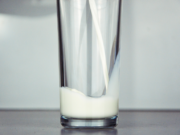







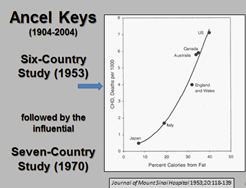
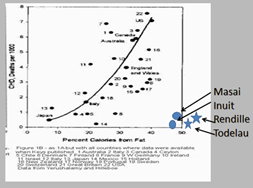
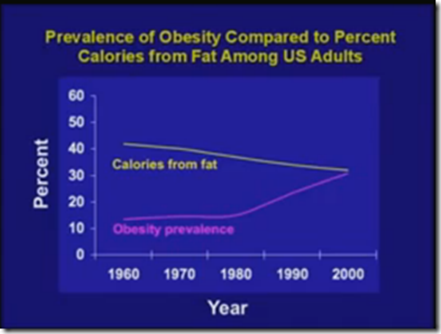
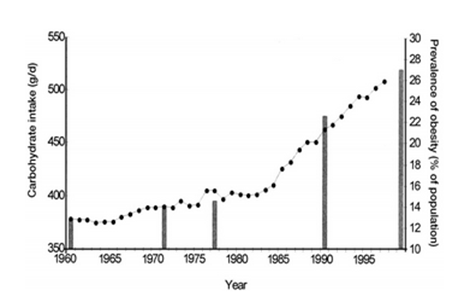
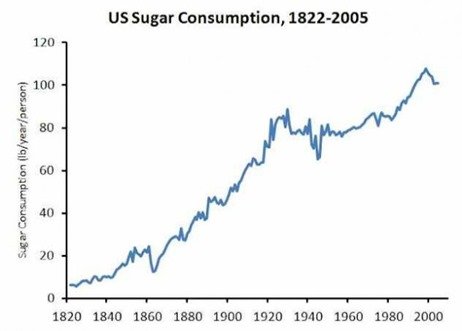
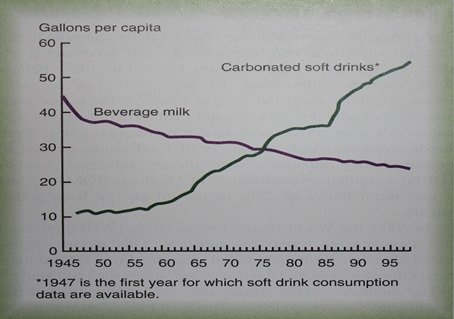
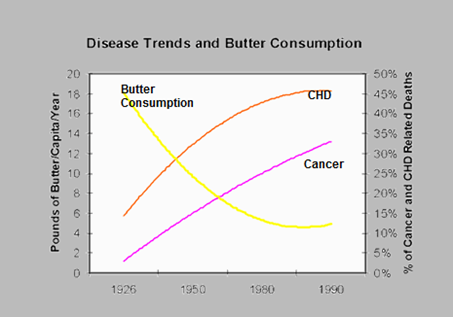
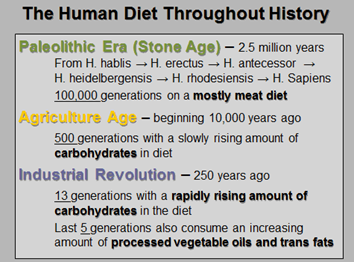
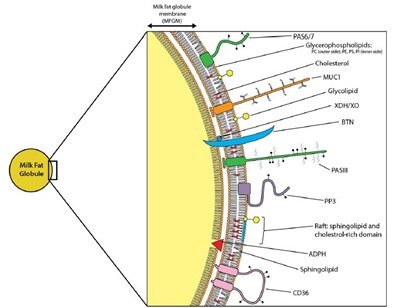
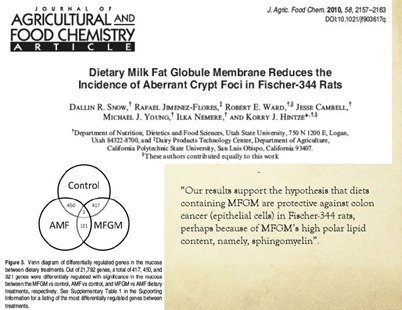
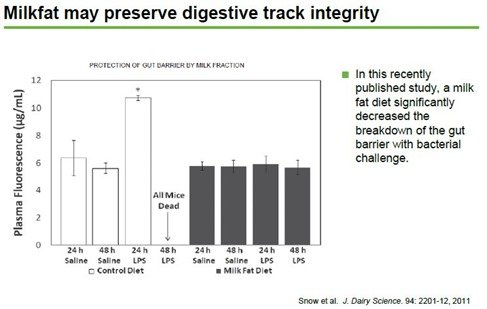

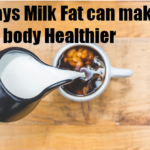

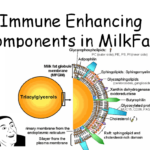
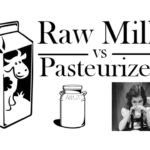
Stephen
Well said, I have served on the National Dairy Board,the facts you present have been known for awhile and I always wondered why we didn’t share more of these facts with the public. The phrase I think best describes milk is Natures Natural Nutraceutical. After all the promised land as described in biblical text is a land flowing with Milk and Honey. Must be a good thing.
Thanks, John. Yes, I think one of the most frustrating things is that we can’t use some of our dairy organizations to talk about the positive health benefits of milk and dairy. That’s a great point about the promised land, you’re absolutely right